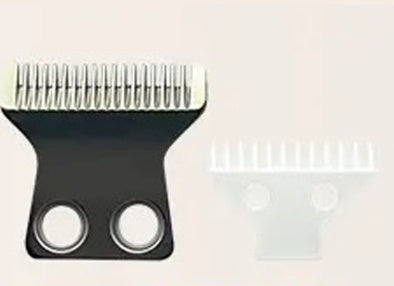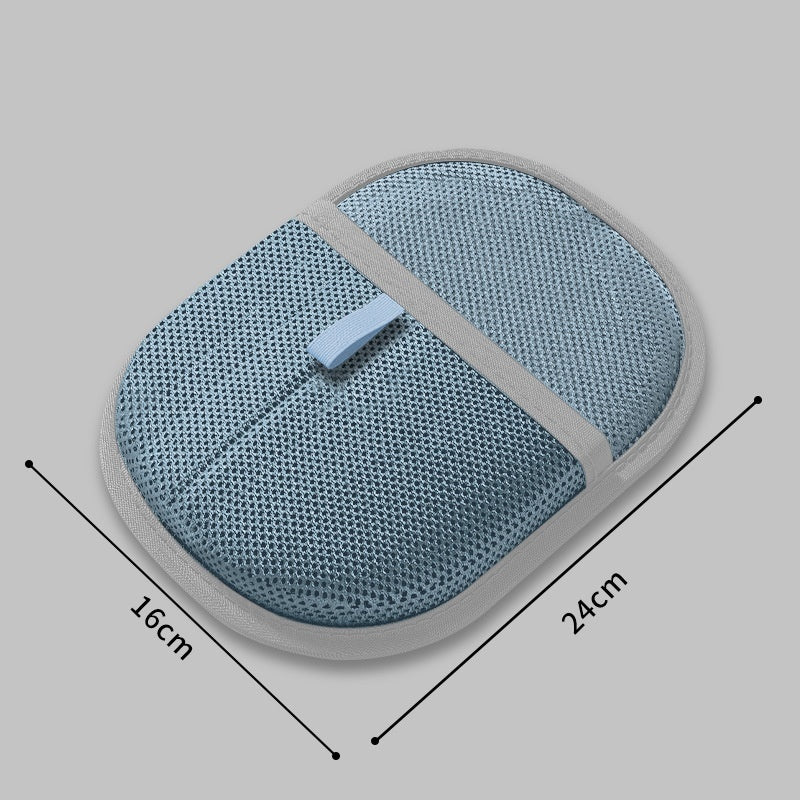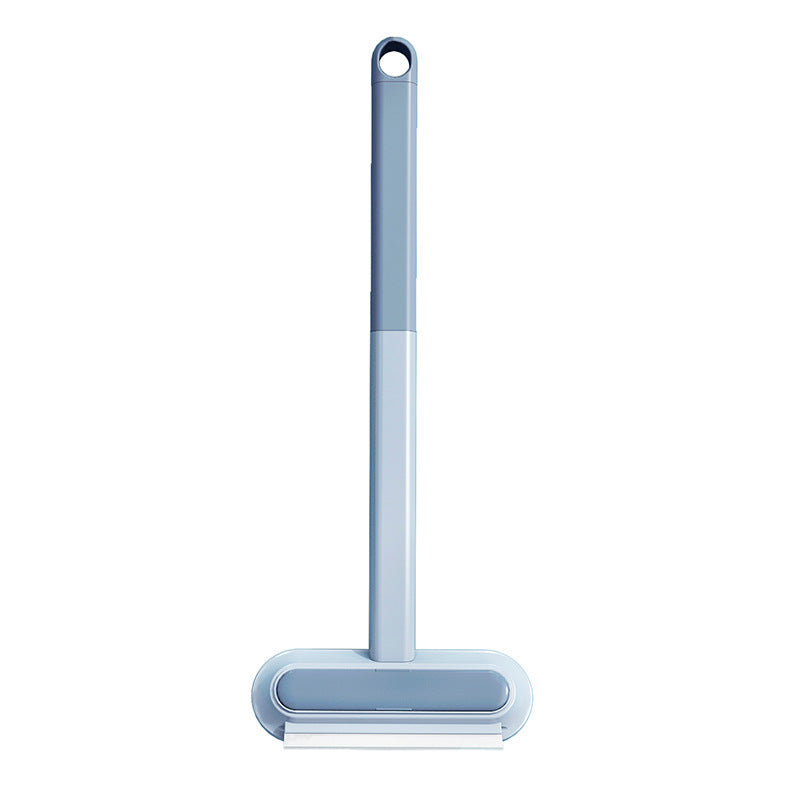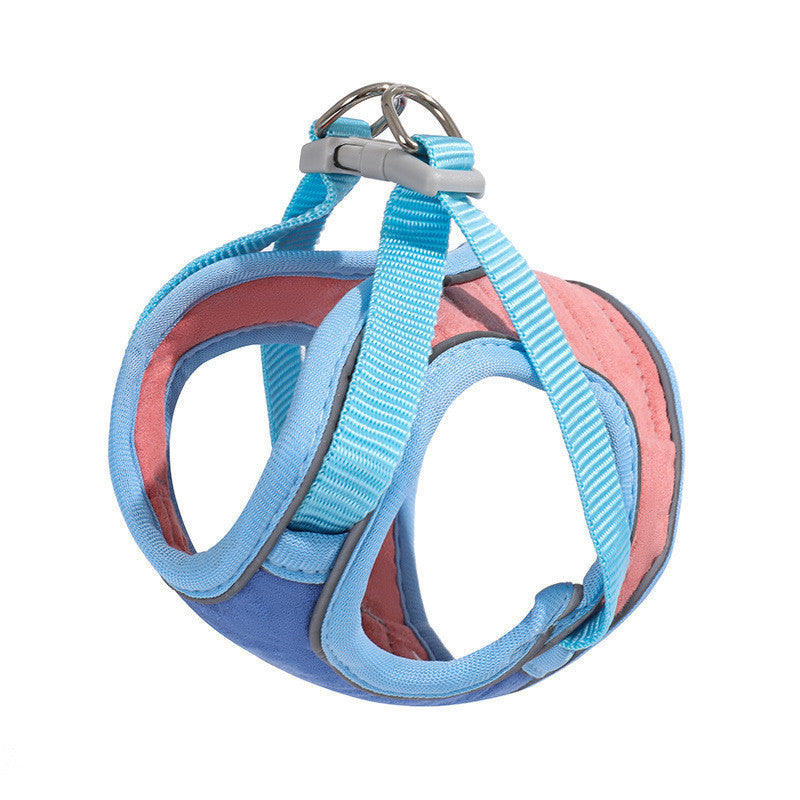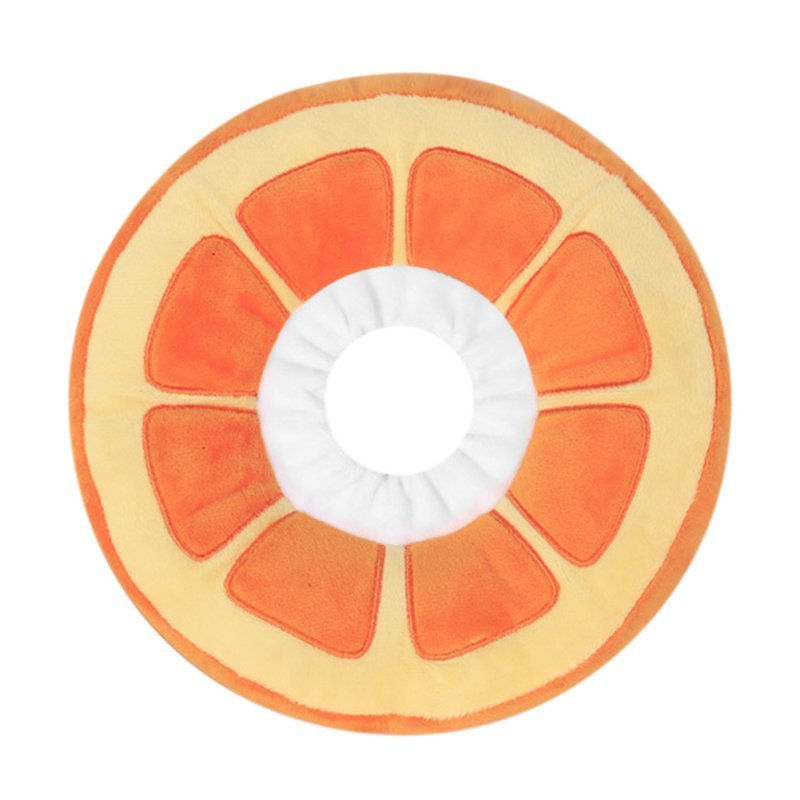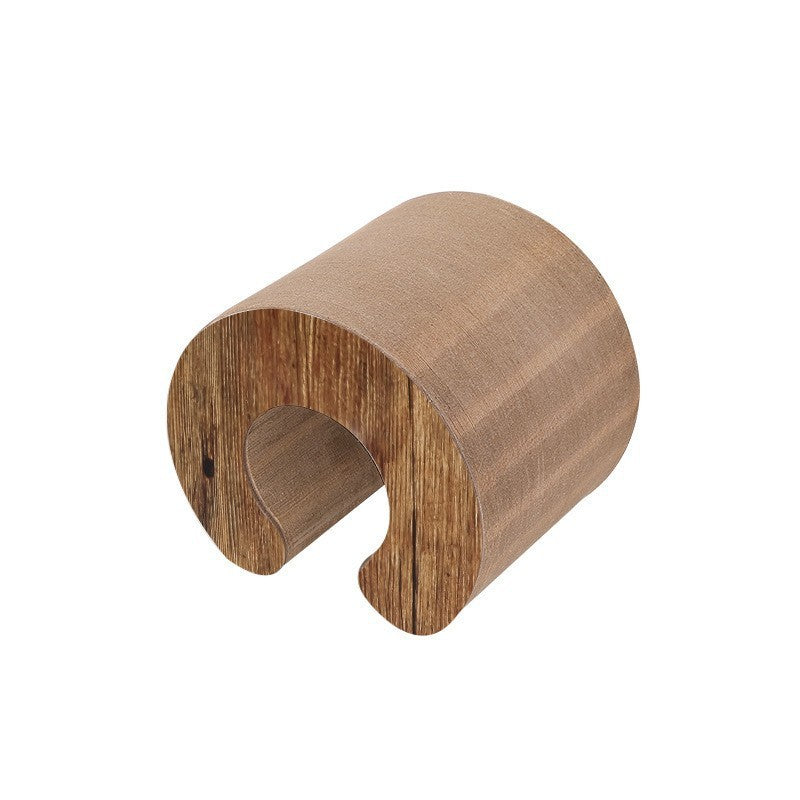Selecting the right cat breed involves more than just appearance preferences. Different breeds have distinct personality traits, activity levels, and care requirements that should align with your lifestyle and living situation.
Understanding breed characteristics helps ensure a harmonious match between you and your future feline companion, leading to years of mutual happiness and satisfaction.
Activity level considerations: High-energy breeds like Abyssinians and Bengals require extensive daily interaction, puzzle toys, and climbing structures to prevent destructive behaviors. Moderate-energy cats such as American Shorthairs and British Shorthairs enjoy play but are content with shorter activity sessions. Low-energy breeds like Persians and Ragdolls prefer gentle interaction and extended rest periods.
Grooming requirements: Long-haired breeds including Persians, Maine Coons, and Ragdolls need daily brushing to prevent matting and reduce shedding. Semi-long haired cats like Norwegian Forest Cats require grooming several times weekly. Short-haired breeds generally need minimal grooming, though regular brushing still benefits their coat health and reduces hairballs.
Social needs and temperament: Some breeds are naturally more social and outgoing, while others tend toward independence. Siamese and Oriental cats are known for being vocal and demanding attention, making them ideal for owners who enjoy interactive pets. Scottish Folds and British Shorthairs tend to be calm and adaptable, while Maine Coons are often described as dog-like in their loyalty.
Living space requirements: Large, active breeds like Maine Coons and Norwegian Forest Cats thrive with more space for climbing and exploring. Apartment-friendly breeds such as Russian Blues and Persians adapt well to smaller spaces. Consider ceiling height for vertical climbing breeds and available floor space for active cats.
The Cat Fanciers' Association and breed-specific rescue organizations emphasize matching cats to appropriate homes based on lifestyle compatibility rather than appearance alone. They recommend meeting adult cats or speaking with reputable breeders about parent temperaments to predict likely personality traits.
|
Breed Category |
Examples |
Ideal For |
Care Level |
Activity Level |
|
Active/Playful |
Bengal, Abyssinian, Siamese |
Active owners, families with children |
Moderate to High |
High |
|
Calm/Gentle |
Persian, Ragdoll, British Shorthair |
Quiet homes, seniors, first-time owners |
Moderate to High |
Low to Moderate |
|
Social/Vocal |
Siamese, Oriental, Burmese |
Interactive owners, single-cat homes |
Moderate |
Moderate to High |
|
Independent |
Russian Blue, Scottish Fold, Norwegian Forest Cat |
Busy professionals, multi-pet homes |
Low to Moderate |
Moderate |
|
Large Breeds |
Maine Coon, Norwegian Forest Cat, Ragdoll |
Spacious homes, experienced owners |
Moderate to High |
Low to Moderate |
Step-by-Step Guide: Breed Selection Process
Assess Your Lifestyle:- Evaluate daily schedule and available interaction time
- Consider household activity level and noise tolerance
- Assess living space size and configuration
- Determine grooming time availability and preferences
- List breeds that appeal to you visually
- Research temperament and care requirements for each
- Connect with breed-specific groups or forums online
- Attend cat shows to meet breeders and see breeds in person
- Visit reputable breeders or breed-specific rescues
- Spend time with adult cats to assess temperament
- Ask about parent personalities and typical breed traits
- Observe interaction styles and energy levels
- Compare your lifestyle needs with breed characteristics
- Consider long-term commitment (15+ years)
- Factor in financial considerations including grooming and healthcare
- Choose based on compatibility rather than appearance alone








